Filter by
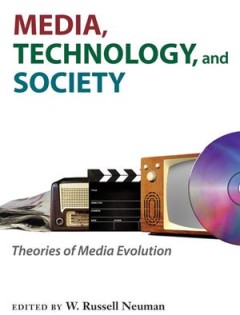
Media, Technology, and Society: Theories of Media Evolution
In Media, Technology, and Society , some of the most prominent figures in media studies explore the issue of media evolution. Focusing on a variety of compelling examples in media history, ranging from the telephone to the television, the radio to the Internet, these essays collectively address a series of notoriously vexing questions about the nature of technological change. Is it possible to …
- Edition
- -
- ISBN/ISSN
- 9780472900381
- Collation
- -
- Series Title
- -
- Call Number
- 302.23 MED m

Making News at The New York Times
Making News at The New York Times is the first in-depth portrait of the nation’s, if not the world's, premier newspaper in the digital age. It presents a lively chronicle of months spent in the newsroom observing daily conversations, meetings, and journalists at work. We see Page One meetings, articles developed for online and print from start to finish, the creation of ambitious multimedia p…
- Edition
- -
- ISBN/ISSN
- 9780472900220
- Collation
- -
- Series Title
- -
- Call Number
- 070.17 USH m

Imagining the Global: Transnational Media and Popular Culture Beyond East and…
Based on a series of case studies of globally distributed media and their reception in different parts of the world, Imagining the Global reflects on what contemporary global culture can teach us about transnational cultural dynamics in the 21st century. A focused multisited cultural analysis that reflects on the symbiotic relationship between the local, the national, and the global, it also ex…
- Edition
- -
- ISBN/ISSN
- 9780472900152
- Collation
- -
- Series Title
- -
- Call Number
- 302.23 DAR i
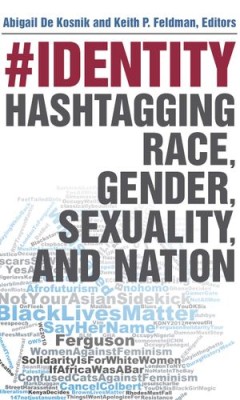
Identity: Hashtagging Race, Gender, Sexuality, and Nation
Since its launch in 2006, Twitter has served as a major platform for political performance, social justice activism, and large-scale public debates over race, ethnicity, gender, sexuality, and nationality. It has empowered minoritarian groups to organize protests, articulate often-underrepresented perspectives, and form community. It has also spread hashtags that have been used to bully and sil…
- Edition
- -
- ISBN/ISSN
- 9780472901098
- Collation
- -
- Series Title
- -
- Call Number
- 300 FEL i
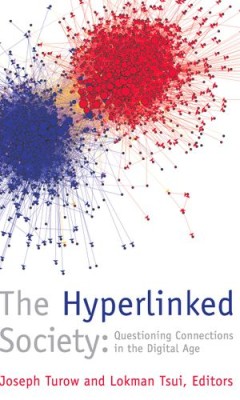
The Hyperlinked Society: Questioning Connections in the Digital Age
"Links" are among the most basic---and most unexamined---features of online life. Bringing together a prominent array of thinkers from industry and the academy, The Hyperlinked Society addresses a provocative series of questions about the ways in which hyperlinks organize behavior online. How do media producers' considerations of links change the way they approach their work, and how do these c…
- Edition
- -
- ISBN/ISSN
- 9780472900510
- Collation
- -
- Series Title
- -
- Call Number
- 300 TSU h

Home Truths?: Video Production and Domestic Life
Over the past decade, the video camera has become a commonplace household technology. With falling prices on compact and easy-to-use cameras, as well as mobile phones and digital still cameras with video recording capabilities, access to moving image production technology is becoming virtually universal. Home Truths? represents one of the few academic research studies exploring this everyday, p…
- Edition
- -
- ISBN/ISSN
- 9780472900312
- Collation
- -
- Series Title
- -
- Call Number
- 302.23 BUC h
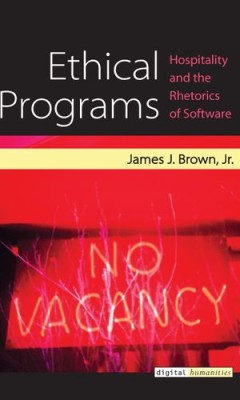
Ethical Programs: Hospitality and the Rhetorics of Software
Living in a networked world means never really getting to decide in any thoroughgoing way who or what enters your “space” (your laptop, your iPhone, your thermostat . . . your home). With this as a basic frame-of-reference, James J. Brown’s Ethical Programs examines and explores the rhetorical potential and problems of a hospitality ethos suited to a new era of hosts and guests. Brown rea…
- Edition
- -
- ISBN/ISSN
- 9780472900084
- Collation
- -
- Series Title
- -
- Call Number
- 302.23 BRO e

Hanging out, messing around, and geeking out : kids living and learning with …
An examination of young people's everyday new media practices—including video-game playing, text-messaging, digital media production, and social media use. Conventional wisdom about young people's use of digital technology often equates generational identity with technology identity: today's teens seem constantly plugged in to video games, social networking sites, and text messaging. Yet ther…
- Edition
- -
- ISBN/ISSN
- 978-0-262-01336-9
- Collation
- -
- Series Title
- The John D. and Catherine T. MacArthur Foundation Series in Digital Media and Learning
- Call Number
- 302.23 ITO h
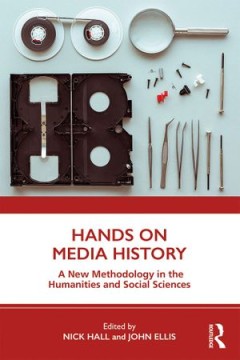
Hands on media history : a new methodology in the humanities and social science
Hands on Media History explores the whole range of hands on media history techniques for the first time, offering both practical guides and general perspectives. It covers both analogue and digital media; film, television, video, gaming, photography and recorded sound.Understanding media means understanding the technologies involved. The hands on history approach can open our minds to new perce…
- Edition
- -
- ISBN/ISSN
- 9781351247412
- Collation
- -
- Series Title
- -
- Call Number
- 302.23 HAN

A Fleet Street In Every Town
"At the heart of Victorian culture was the local weekly newspaper. More popular than books, more widely read than the London papers, the local press was a national phenomenon. This book redraws the Victorian cultural map, shifting our focus away from one centre, London, and towards the many centres of the provinces. It offers a new paradigm in which place, and a sense of place, are vital to the…
- Edition
- -
- ISBN/ISSN
- 9781783745616
- Collation
- -
- Series Title
- -
- Call Number
- -
 Computer Science, Information & General Works
Computer Science, Information & General Works  Philosophy & Psychology
Philosophy & Psychology  Religion
Religion  Social Sciences
Social Sciences  Language
Language  Pure Science
Pure Science  Applied Sciences
Applied Sciences  Art & Recreation
Art & Recreation  Literature
Literature  History & Geography
History & Geography